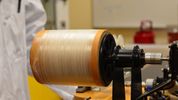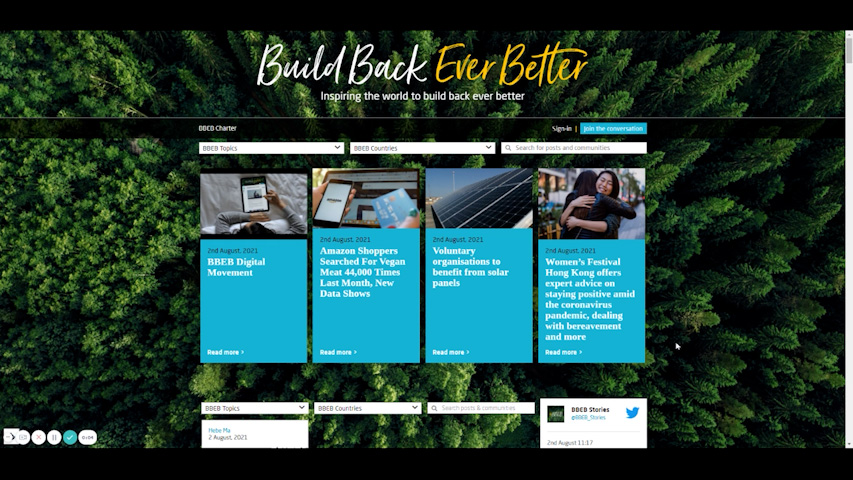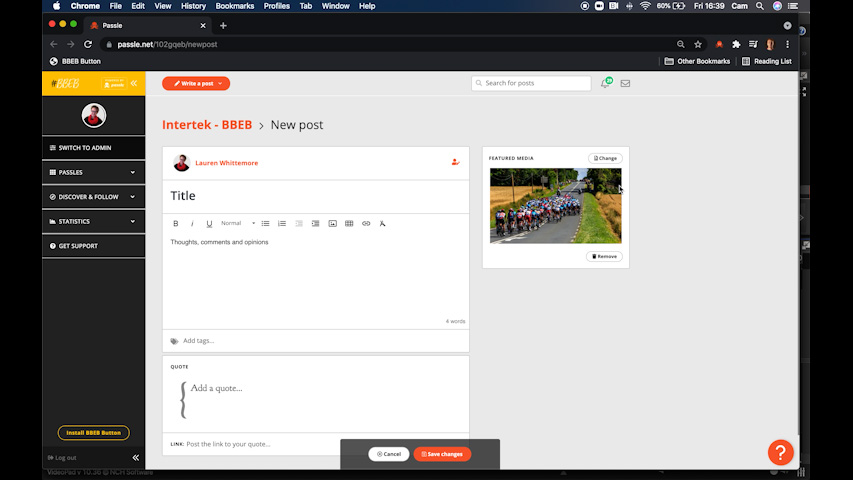Solar power is now the cheapest source of electricity in history, according to a 2020 report by the International Energy Agency. But there’s something holding this clean energy powerhouse back: space. Unlike fossil fuel power stations, solar farms need a lot of room to generate enough electricity to keep up with demand. Most solar farms are composed of ground-mounted panels that take up land that could be used to grow food or provide habitat for wildlife.
Although electricity and water don’t usually mix, a growing number of floating solar farms are being deployed worldwide. Floating solar panels on a lake or reservoir might sound like an accident waiting to happen, but recent studies have shown the technology generates more electricity compared with rooftop or ground-mounted solar installations. This is thanks to the cooling effect of the water beneath the panels, which can boost how efficiently these systems generate electricity by as much as 12.5%.
A floating solar farm that reduces wind speed and solar radiation by 10% across the entire lake could offset a decade of warming from climate change.













